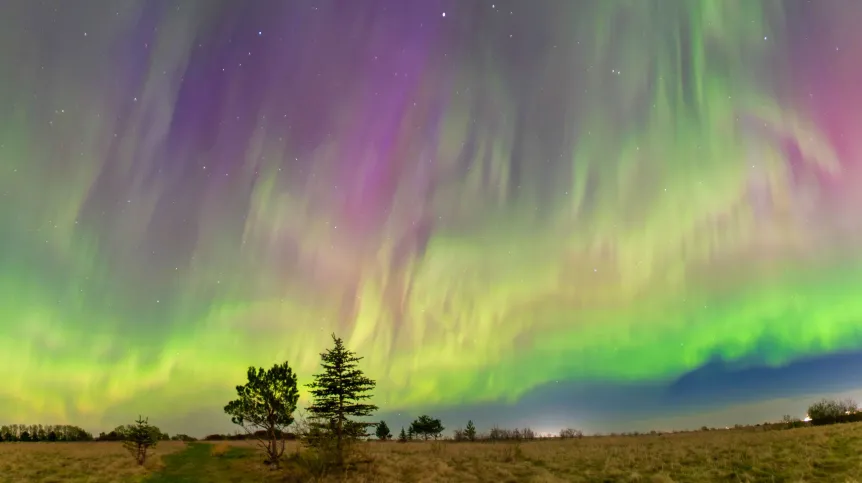
The European space weather platform, which reports on phenomena that may negatively impact communications, navigation and remote sensing, has been improved by, among others, scientists from the Space Research Centre of the Polish Academy of Sciences.
Posting on its Facebook, the academy said the European Space Agency has launched a new version (3.10.0) of the European space weather platform SWESNET-Space Weather Service Network.
The Heliogeophysical Forecasts Centre of the Space Research Centre PAS is involved in this programme and has the status of an Ionospheric Weather Expert Service Centre (I-ESC).
Polish scientists supply data to the European database, including data from riometers located at the Astrogeodynamic Observatory of the Space Research Centre PAS in Borówiec and at the Polish Polar Station Horsund.
A riometer (Relative Ionospheric Opacity Meter for Extra-Terrestrial Emissions of Radionoise) is an instrument used to determine the amount of ionospheric absorption of electromagnetic waves in the atmosphere.
'The project has been ongoing since 2015, and our activities as a Weather Expert Service Centre are focused on providing products related to subionospheric communications. The task of the service is to combine European achievements in the field of space weather monitoring and research', says the I-ESC project leader Łukasz Tomasik.
I-ESC is a program that provides expert knowledge about the ionosphere and the upper atmosphere. The ESA Space Weather network uses systems that examine the impact of space weather on satellite and ground infrastructure. In this project, researchers monitor, interpret and forecast weather conditions in the ionosphere.
Space weather depends on factors including explosions of plasma and magnetic fields on the Sun, i.e. coronal mass ejections (CME), and may interfere with the operation of radio systems in communication, space navigation and remote sensing. Navigation signals transmitted by global navigation satellite systems (GNSS), such as GPS and the European Galileo system, are delayed and scattered in the ionosphere, which affects the availability and accuracy of navigation systems and the operation of satellite systems. Scientists emphasise that extreme space weather events can cause serious damage to critical infrastructure, especially the electrical grid.
The strongest magnetic storm in history, later called the Carrington Event, was recorded in 1859. Under its influence, devices in telegraph stations sparked and fires broke out, and the northern lights could be observed even in Hawaii and Cuba. (PAP)
abu/ agt/ kap/
tr. RL













